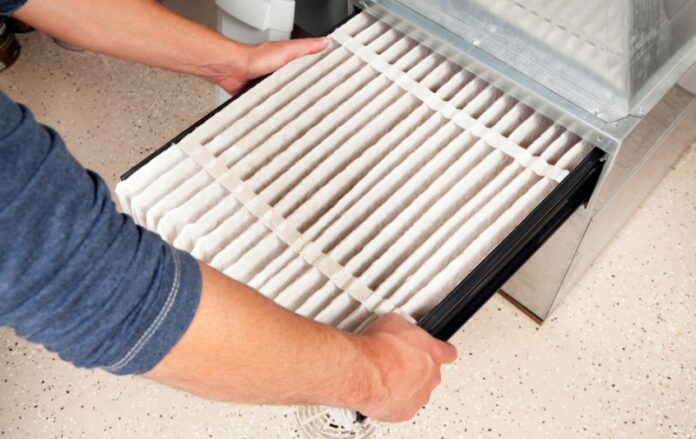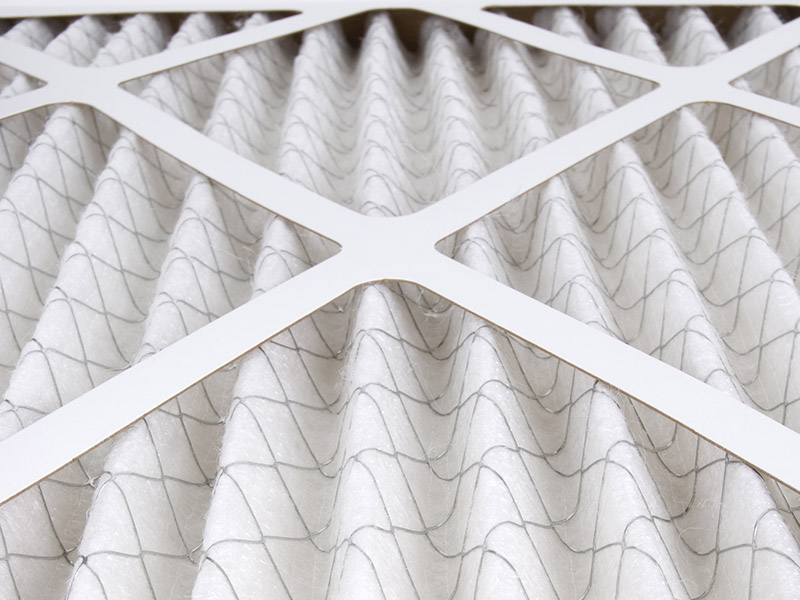When it comes to both the air quality in your home and the long-term viability of your HVAC system – plus your monthly HVAC costs – there are few items more important than filters. HVAC filters need to be changed regularly to ensure you and your family breathe clean air, but also to ensure your bills don’t rise and unnecessary strain isn’t placed on other components within your system.
There are a few factors that go into how often you should be changing your filters, and one of the most important relates back to the quality of the filter to begin with. Filters are classified according to what’s known as MERV rating, which informs you of the fineness of particles that can be trapped and filtered out by a given option. Let’s go over everything you need to know about MERV ratings and which you should choose for your filters.
Basic Ranges
To begin with, MERV stands for “minimum efficiency reporting value.” As we noted above it speaks to how fine a particle a given filter is capable of catching. The values range from 1-20, with general bins that break down in the following ways:
- 1-4: Filters that mainly catch large dust, mites, pollen, insects and other particles. These are the most common filters used for residential HVAC systems.
- 5-8: These catch all the same particles as 1-4, but also catch finer ones like mold spores, pet dander and aerosol sprays. If you have pets in your home or have had mold concerns in the past, you might choose this range.
- 9-12: Filters that also include things like auto emissions, welding fumes, lead dust and forms of large bacteria. These are not often used in homes, but rather in industrial applications.
- 13-16: Heavy-duty filters that catch all forms of bacteria, plus smoke, oil droplets and even the particles that are released when a human sneezes. These are never found in homes, an only used in areas like hospitals or surgical centers that require extreme filtration.
- 17-20: These also catch viruses, carbon dust and tiny smoke particles. They’re used in clean rooms that manufacture electronics or medicine formats.
Which Should You Use?
As we noted in the ranges above, the majority of homes use filters with MERV ratings in the 1-4 range – this is usually all you need. If you have pets or notice your air quality is not high enough within this range, you might bump it up to the 5-8 range, though you need to be careful not to use a filter with a MERV rating higher than your system can handle – this might hurt you efficiency and wear down certain components.



















